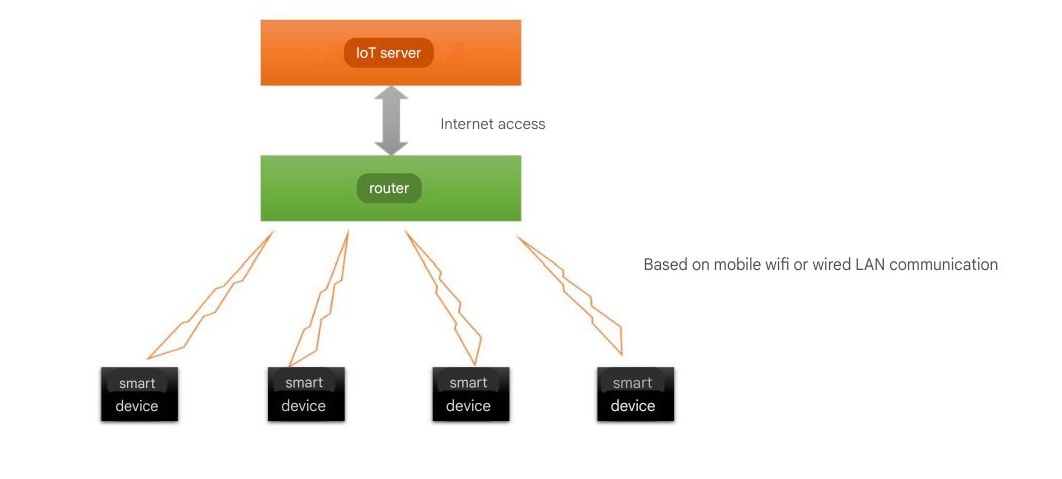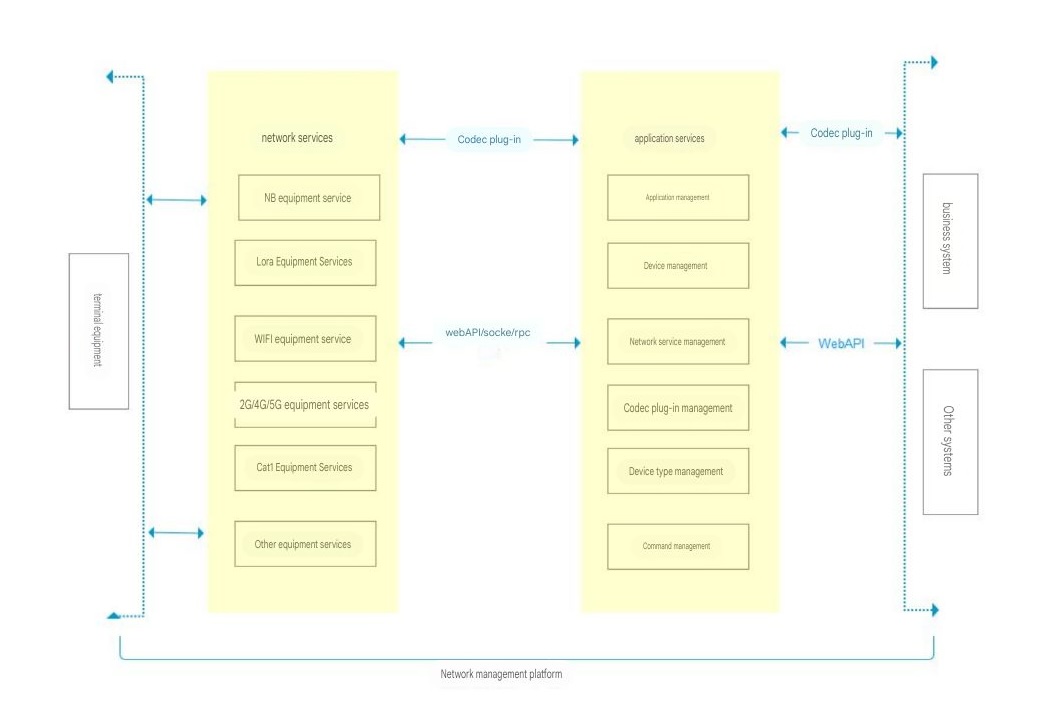RMOATI IoT Platform
Empowering Smart Solutions through Intelligent IoT Infrastructure
The RMOATI IoT Platform is designed to offer a robust, flexible, and scalable solution for managing a vast array of IoT devices and services. Built on modern internet and communication technologies, the platform allows seamless integration of various devices without being dependent on specific hardware modules, making it adaptable to different industry requirements and business needs.

Key Components of the RMOATI IoT Platform
1. Terminal Devices
In the interconnected world of IoT, devices form the core of data acquisition and communication. The RMOATI IoT Platform connects a wide range of terminal devices such as smartphones, home routers, cameras, wearables, sensors, and automotive IoT devices, facilitating interaction between the physical and digital worlds.
Types of Device Connectivity:
- 2G/4G/NB-IoT/5G/Cat1 Communication: Devices connect to the internet through cellular networks. Effective for wide coverage, but considerations include SIM card management, data traffic costs, and network coverage.
- Wi-Fi Local Area Network (LAN): Suitable for localized environments, connecting devices via Wi-Fi or wired routers to the IoT platform. Reduces need for public IPs but requires power management and consideration of Wi-Fi interference.
- Bluetooth Communication: Uses gateways for managing device communication. Planning gateway capacity and device pairing is essential for scalability.
Network Services
The RMOATI IoT Platform supports both wired and wireless network services for device connectivity, transforming IoT traffic into valuable business data.
1. Data Acquisition
The platform collects data from devices, calling application services for decoding and analysis, which enables efficient device identification and data handling.
2. Message Distribution
Short-connection devices receive pre-configured instructions, while long-connection devices operate autonomously without needing real-time commands.
Application Services
1. Device Type Management
Manufacturers define each device type, including data parsing methods and specifications. Device users can access but not modify these settings to maintain functionality integrity.
2. Device Management
Users gain full control over their data upon activation, managing access for device monitoring and system maintenance.
3. Application Management
Devices and data are managed as part of an application, ensuring alignment with use cases for both manufacturers and users.
4. Network Service Management
Network services manage communication between terminal devices and the platform, ensuring data is correctly decoded and directed for processing.
5. Codec Plugin Management
Organizations can define data transmission protocols for different devices, ensuring scalable and reliable operation through distributed data storage.

Business Systems Integration
The RMOATI IoT Platform supports diverse industries, helping businesses optimize their processes through data-driven decision-making and intelligent automation solutions.
Advantages of the RMOATI IoT Platform
- Scalability and Flexibility: Integrates with various devices across industries, scaling to meet growing business needs.
- Real-Time Monitoring and Control: Provides real-time insights into device performance for quick response to changing conditions.
- Advanced Data Management: Ensures efficient and secure data storage with automated lifecycle management.
- Security and Reliability: Uses encrypted communication and interference protection for secure operation, even in offline mode.
